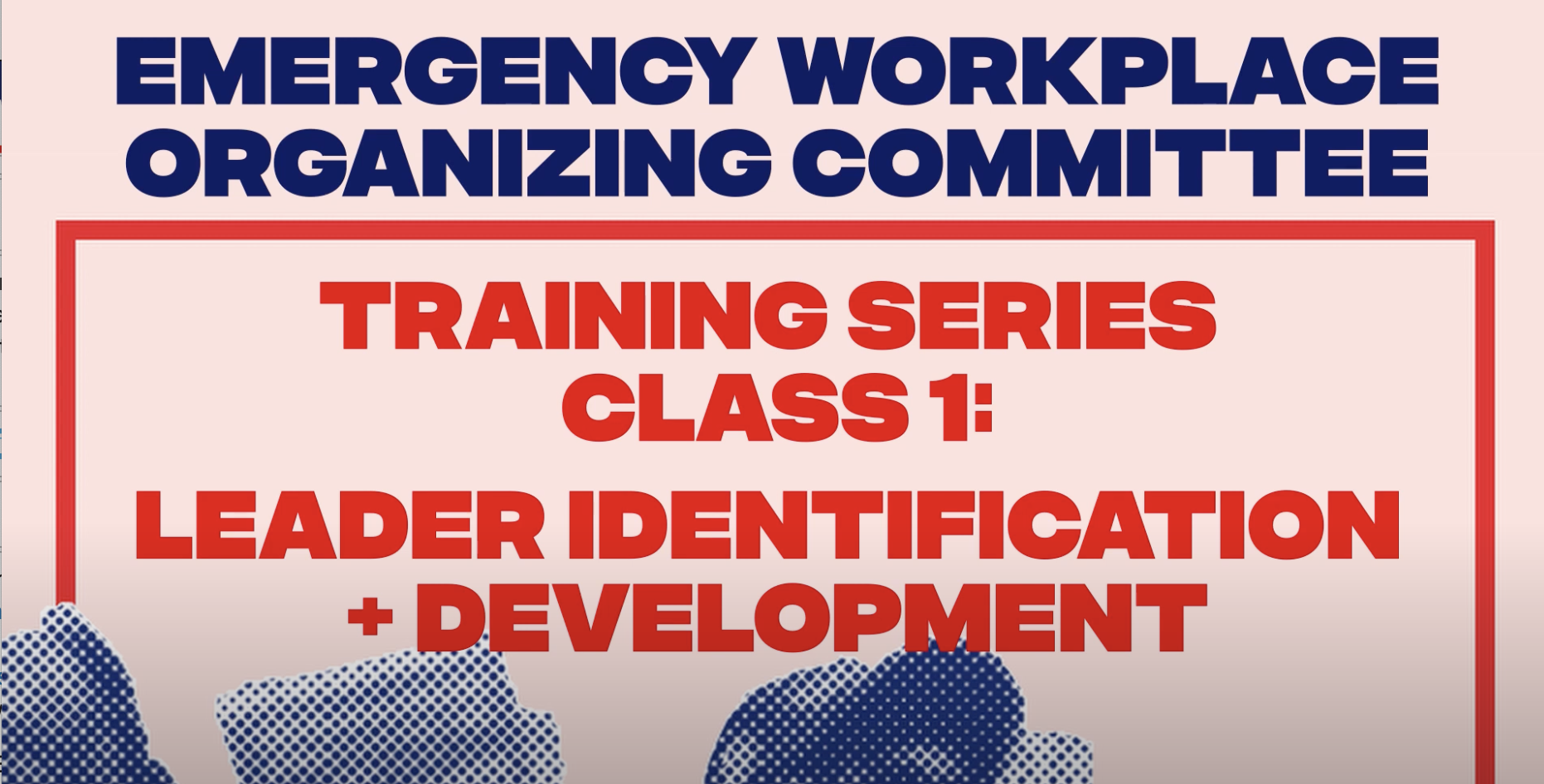
EWOC’s second birthday!
Last week, EWOC celebrated its second birthday! We’ve come far since then — more than 3,000 workers have reached out to us!

Last week, EWOC celebrated its second birthday! We’ve come far since then — more than 3,000 workers have reached out to us!

Private-sector workers have the right to engage in concerted activity — but what does this mean?
We are in a potentially unique moment in American labor history. The pandemic working conditions of recent years have led to a surge of worker militancy.

Amazon.com Inc. was recently hit with unfair labor practice allegations that could give the NLRB’s Democratic majority a chance to ban a potent weapon.
Activision Blizzard and Raven Software QA workers are looking to define employees eligible for Game Workers Alliance. The union group formed in January.

In just this past week, 10 new Starbucks locations have filed for elections! That brings the number up to 100 total Starbucks locations in 26 states.

This past week, Jennifer Abruzzo, the general counsel at the NLRB announced a plan that could greatly increase union membership.

Workers in America are tired. We’re tired of working longer hours for lower pay. We’re tired of working in unsafe and unhealthy conditions.

Union organizing campaigns are not reaching enough workers, and DSA’s Emergency Workplace Organizing Committee (EWOC) wants to change that. We know the U.S. labor movement

We need to strengthen our existing unions and organize the unorganized so that we can build real working-class power, but we have people on our side.
